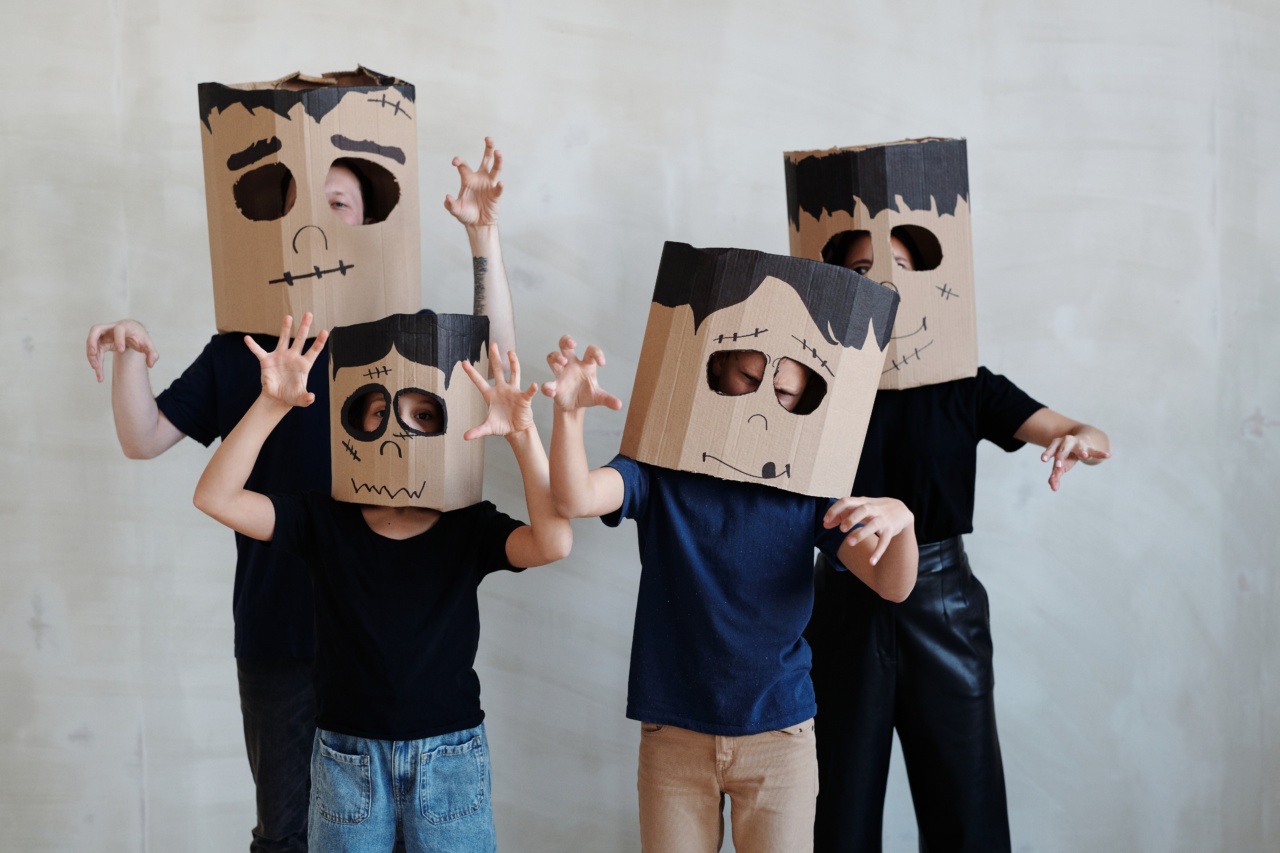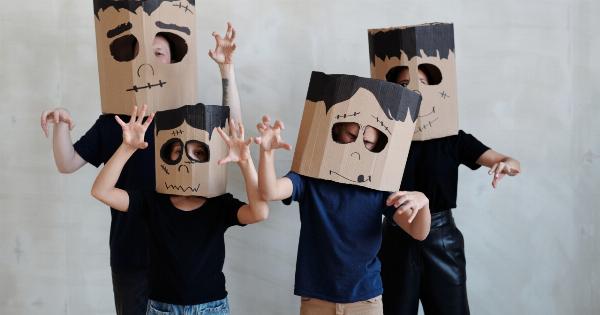As schools start to reopen amidst the COVID-19 pandemic, parents are faced with the challenge of convincing their children to wear masks in class.
Understandably, this can be a difficult task for many parents, as children may find masks uncomfortable or simply resist wearing them. However, with the right approach and some helpful strategies, you can encourage your child to adopt this important habit. In this article, we will provide you with valuable tips and guidance to help you convince your child to wear a mask in class.
1. Lead by Example
Children often mimic their parents’ behaviors and actions. By consistently wearing a mask in public, you can set a powerful example for your child.
Make sure to wear your mask whenever you are outside, especially when you visit places where masks are required, such as grocery stores or restaurants. Your child is more likely to embrace wearing a mask if they see you doing it consistently.
2. Explain the Importance of Masks
Take the time to explain to your child why wearing a mask is important. Use age-appropriate language and emphasize that wearing a mask helps protect themselves and others from getting sick.
Discuss the concept of germs and how wearing a mask can prevent the spread of viruses. Provide them with simple and easy-to-understand examples, such as how covering our mouths when we sneeze or cough can prevent the transmission of germs.
3. Make It Fun
Make the experience of wearing a mask enjoyable for your child. Let them choose a mask with their favorite color or cartoon character. Consider purchasing masks that have fun designs or patterns.
You could even turn mask-wearing into a game or a role-playing activity. Encourage creativity and imagination when it comes to masks, as this can make it more appealing to your child.
4. Practice at Home
Before your child enters the classroom, make sure they are comfortable wearing a mask. Start by having them wear their mask for short periods of time at home.
Gradually increase the duration until they are able to wear it for an extended period without any issues. This practice can help your child get used to the feeling of a mask on their face and reduce any discomfort or anxiety they may have initially.
5. Normalize Mask-Wearing
Show your child that wearing masks is becoming a normal part of everyday life. Talk about how many people wear masks, including their friends, teachers, and even their favorite athletes or celebrities.
Let them know that they are not alone in wearing masks and that it has become a widespread practice to keep everyone safe and healthy.
6. Provide Reassurance
Children may have concerns or fears about wearing masks. Reassure them that masks do not cause harm and are designed to protect them. Address their worries and answer any questions they may have honestly.
Make sure your child understands that wearing a mask is temporary and that it is an important step towards returning to a more normal school environment.
7. Involve the School
Reach out to your child’s school and inquire about their mask-wearing policies and practices. Understanding the school’s guidelines can help you address any concerns or questions your child may have.
If possible, arrange for your child to meet their teacher or another staff member who can explain the importance of wearing masks and make them feel more comfortable in the school setting.
8. Seek Support from Peers
Find out if any of your child’s friends or classmates are also wearing masks. Organize playdates or virtual meetups with these peers to create a sense of camaraderie and show your child that mask-wearing is a shared experience.
Knowing that their friends are also wearing masks can help your child feel more comfortable and less self-conscious about wearing one themselves.
9. Be Patient and Understanding
Remember that it may take time for your child to adjust to wearing a mask in class. Be patient and understanding if they express discomfort or resistance. Try to address their concerns and help them find solutions.
It is essential to remain calm and supportive throughout the process, as your child will likely look to you for guidance and reassurance.
10. Encourage Regular Breaks
Wearing a mask for an extended period can be challenging, especially for younger children. Encourage your child to take short breaks from wearing the mask during appropriate times, such as outdoor activities or when they are alone in a safe space.
These breaks can provide relief and give them a chance to breathe freely without compromising their safety.
Conclusion
Convincing your child to wear a mask in class can be a daunting task, but with the right approach and strategies, you can make the process smoother. Start by leading by example and explaining the importance of masks.
Make the experience fun and engaging for your child, and provide reassurance and support. Involve the school and seek support from peers to create a sense of normalcy. Most importantly, be patient and understanding as your child adapts to this new habit.
Together, we can prioritize safety and protect our children as they navigate their educational journey in the amidst of this pandemic.






























